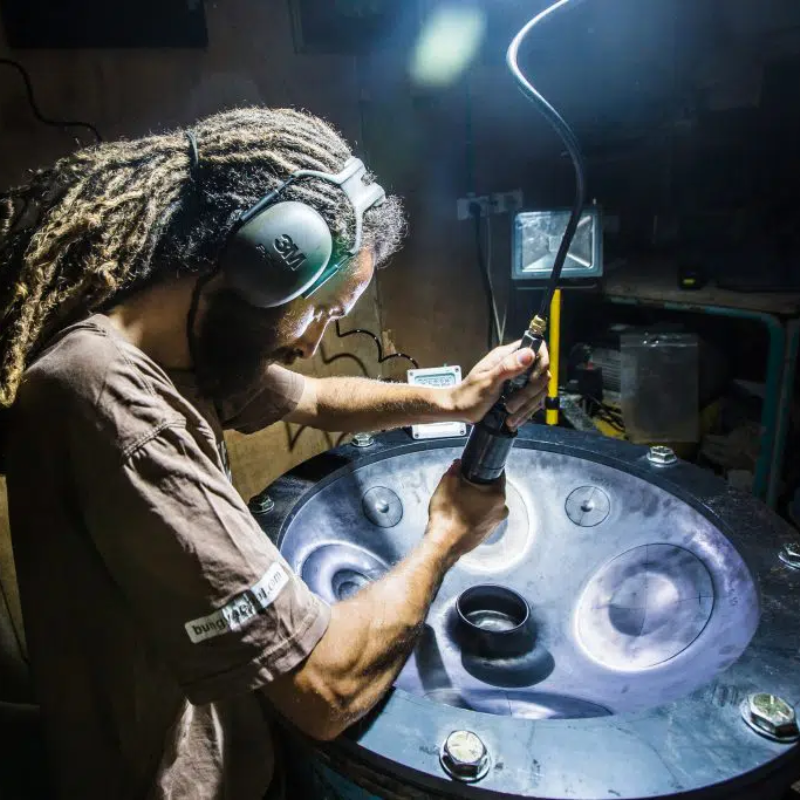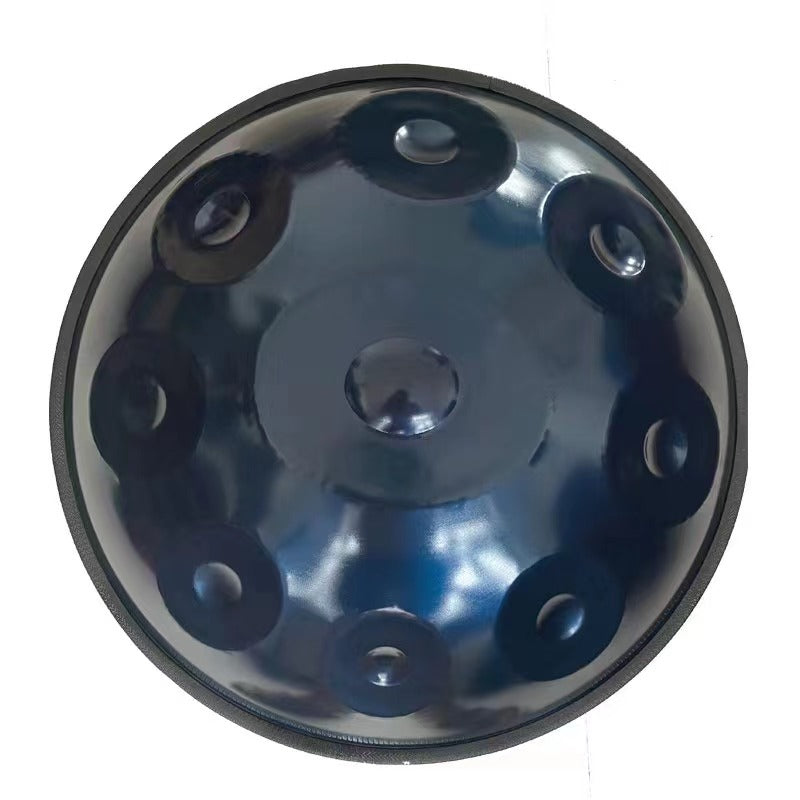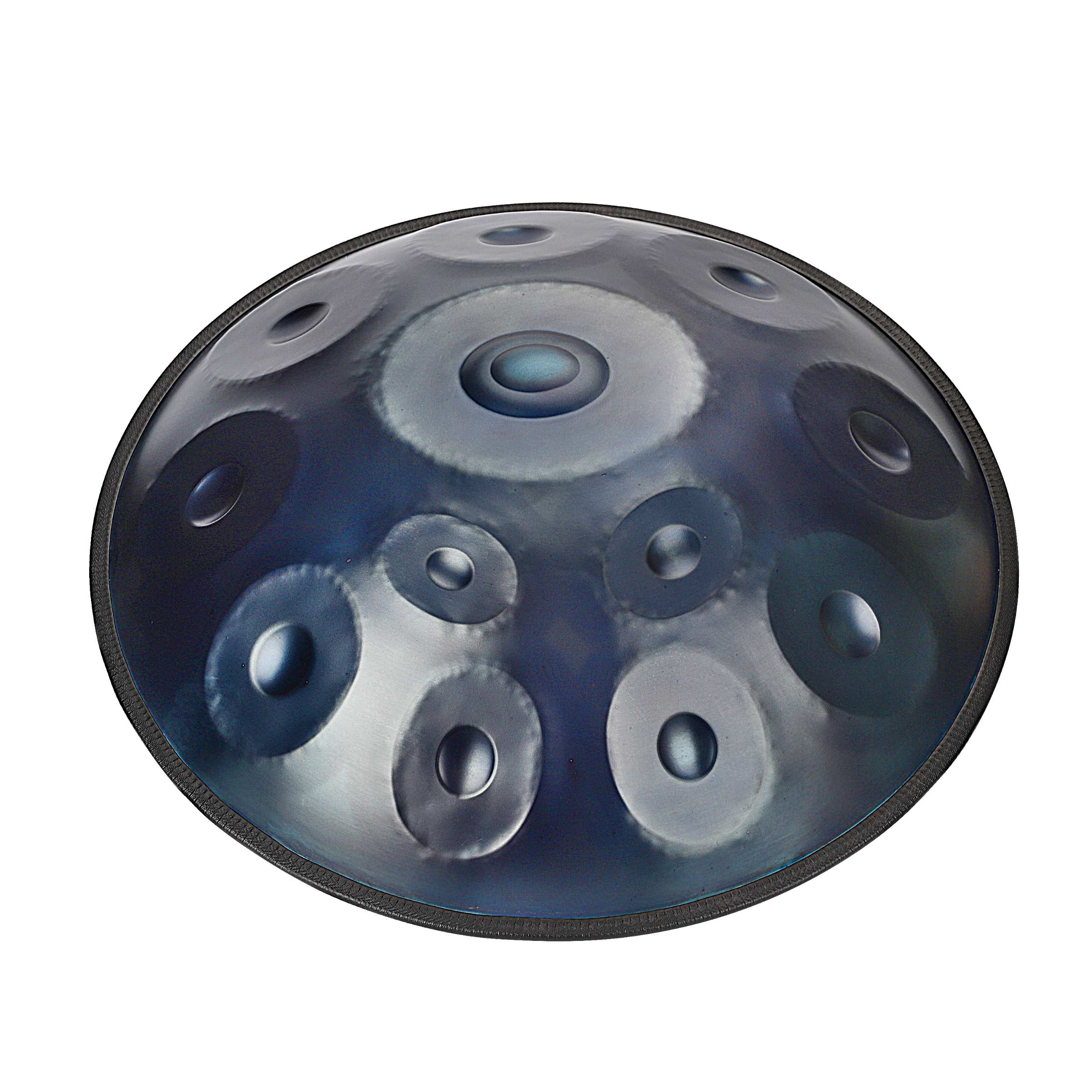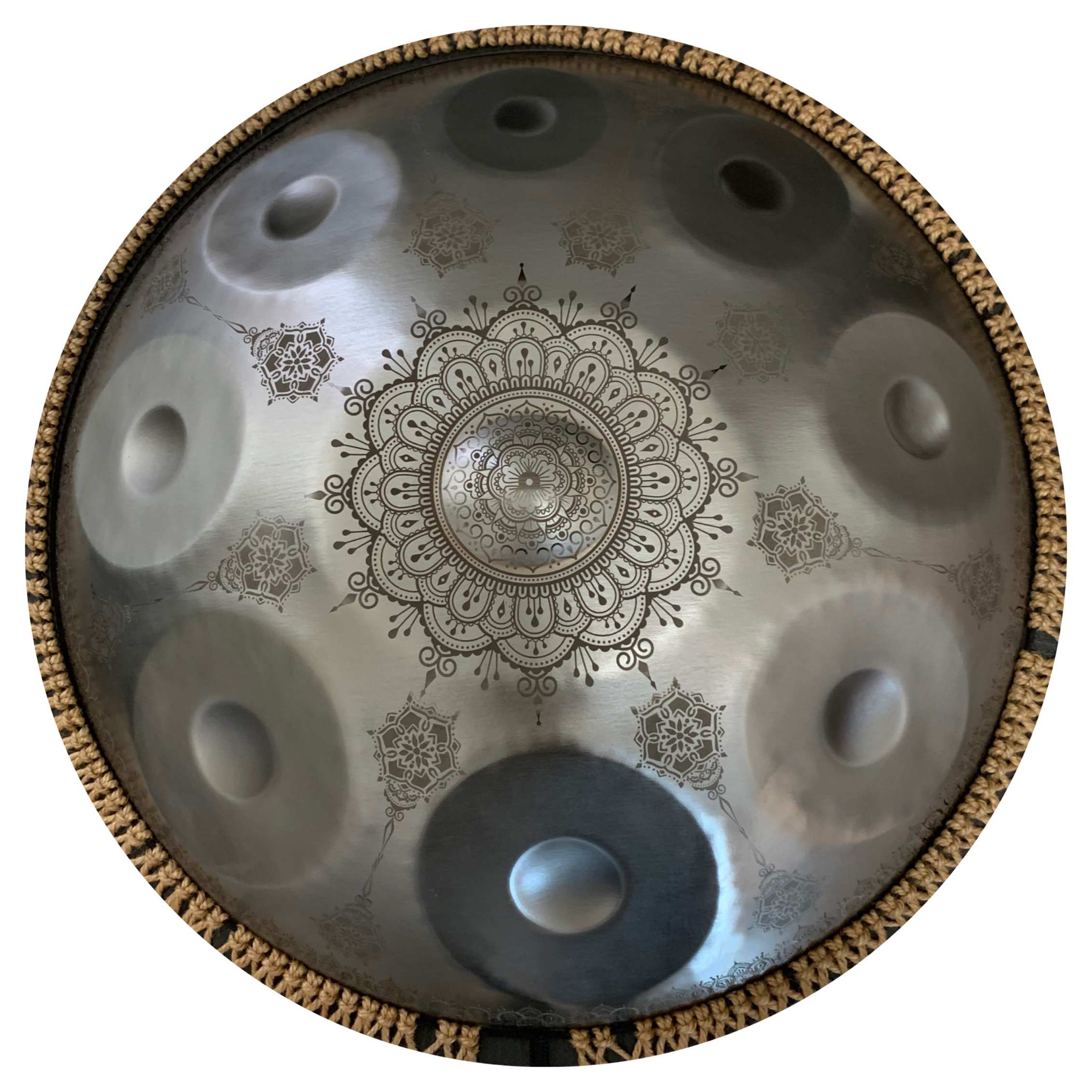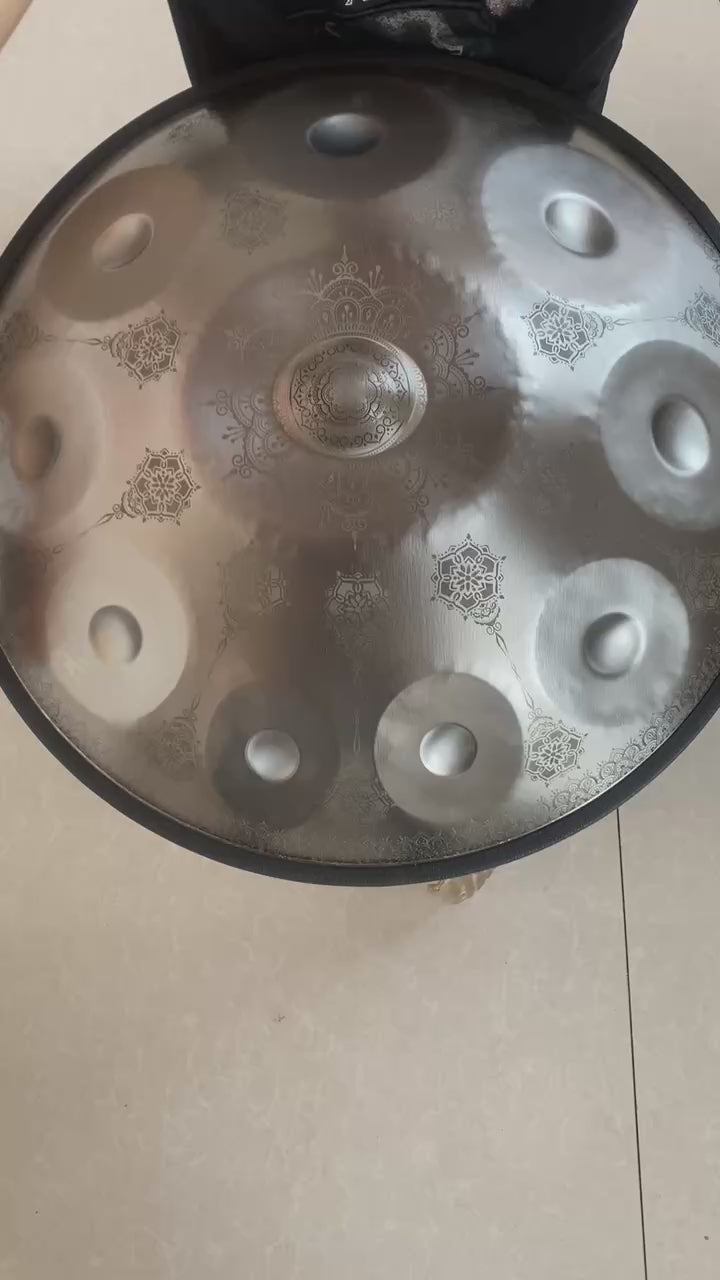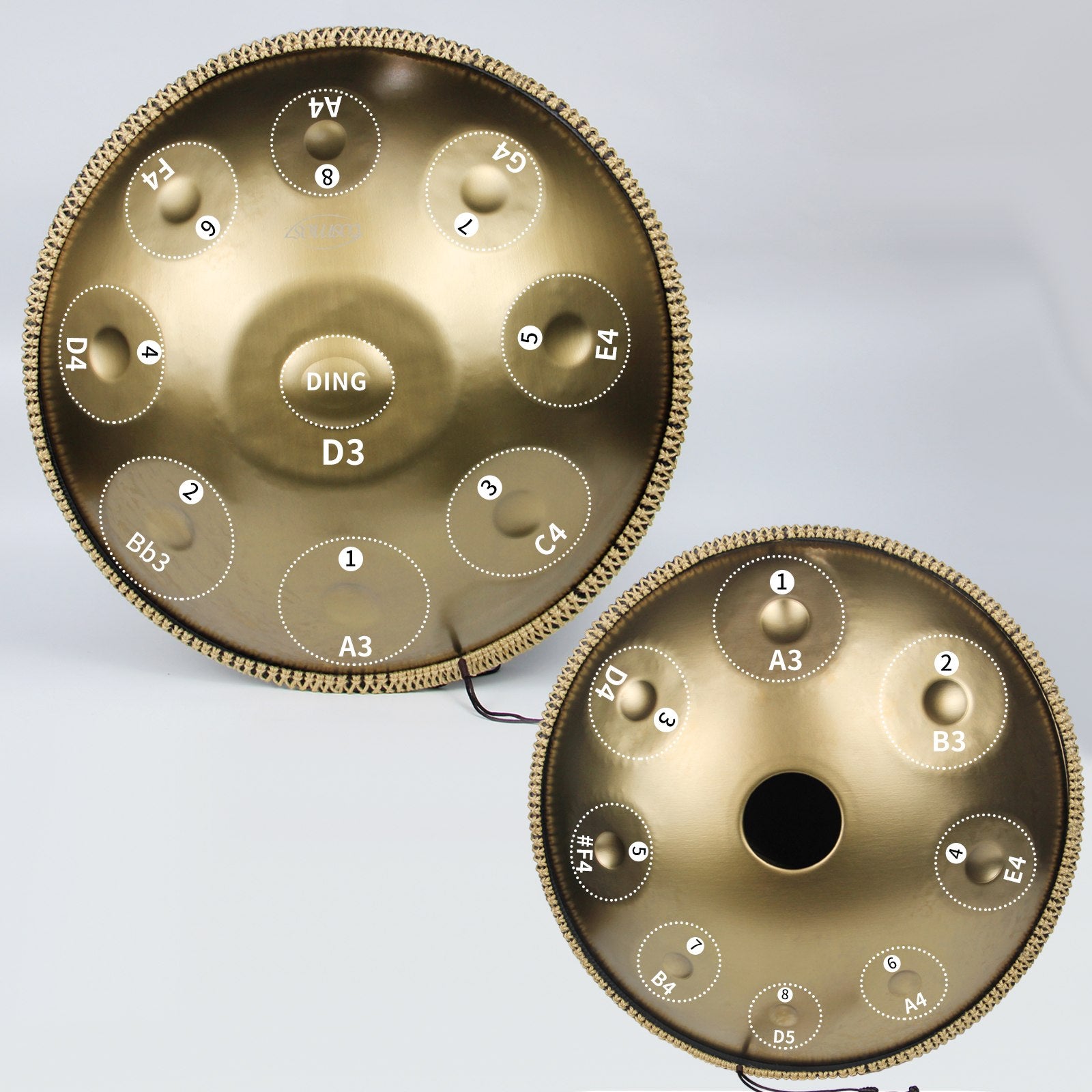Meta Description: Price is crucial to consider before purchasing a handpan. Learn about the factors affecting handpan prices and additional costs to make the best decision.

Are you curious about the pricing of the stunning handpans? Maybe you’ve narrowed down your favorite makers and chosen your scales, and now you’re wondering how much you should spend on this grand instrument.
The handpan market has altered dramatically. In 2012, there were approximately 30-40 handpan makers; today, there are more than 300. This has made handpans more accessible, eliminating the need to wait years and pay thousands of dollars to purchase excellent handpans.
Despite the increasing growth of handpan producers, there are significant disparities in quality and pricing. As you’ve undoubtedly seen, practically all handpans have the same outward shape, but none are the same in sound! This article will discuss everything you need to know before buying a handpan.
Factors Influencing Handpan Prices
Material Quality
The cost of the handpan is determined by the materials used in its construction. Manufacturers can build handpans from nitrided steel, stainless steel, or brass, depending on the specifications they want to add. Higher-quality materials are better for sound resonance and last longer but are more expensive.
Craftsmanship
Talented metalworkers frequently make handpans. Making a handpan requires multiple time-consuming stages and the application of one’s abilities, which influences the cost. Luthiers with extensive knowledge and a lengthy history of creating handpans will likely charge greater costs for their instruments.
Creating a handpan is a meticulous process that can take several months. The steps include selecting the right metal blend, bending and cutting the metal sheet, stamping the notes, tuning the instrument, and applying heat treatments. Skilled craftsmanship and the time invested in making a handpan are crucial factors that significantly contribute to its high price.
Brand Reputation
Older brands with a reputation for producing outstanding handpans tend to charge premium prices. Such brands can justify their premium by building a reputation and customer trust.
Tuning and Sound Quality
The tuning procedure itself is extremely sensitive and delicate. Handpans with superior sound quality and precision tuning are more expensive. The handpan’s expertise dictates the instrument’s tone, which is an essential factor in determining its price.
Customization
Custom-made handpans will cost somewhat more to replace scales, artwork, and other customizations than conventional sizes. Customization increases pride because you end up with a truly one-of-a-kind instrument.
Supply and Demand
The limited supply of handpans and high demand drives up their prices. Only a few skilled artisans are involved in handpan production, making the craftsmanship level a critical factor in their cost.
Delivery
When purchasing a handpan online, transport costs can be high due to the instrument’s size and weight. However, some stores may offer free standard delivery.
The Number of Notes and Specifications
Handpan prices vary based on design, including the number of playable notes. Generally, the more notes a handpan has, the higher the cost. For example, a handpan with 7 to 9 notes typically costs between £1,000 and £2,000, while a handpan with more notes ranges from £1,500 to £3,500. Top-of-the-range or customized models can exceed £3,500.
Price Range Overview
Handpans can vary widely in price, usually ranging from one thousand to three and a half thousand pounds. Here’s a breakdown of what you can expect at different price points:
Affordable Handpans (£1000 – £2000)
These are entry-level handpans, ideal for beginners. They offer decent sound quality and are made from suitable materials but lack the fine-tuning of more expensive models.
Mid-Range Handpans (£1,500 – £3,500)
These handpans are of better quality than the lower-end options and are reasonably priced. They feature good sound quality and are made from quality materials by well-known companies or trained individual artisans.
High-End Handpans (£3,500 and above)
These premium handpans are made from the highest quality materials and feature precise craftsmanship. They offer superior sound quality and accurate tuning and are typically produced by reputable makers well-established in the handpan market.
Additional Costs to Consider
Shipping and Import Fees
When purchasing a handpan from an international maker, you must consider shipping costs and potential import charges, which can significantly increase the total price.
Accessories
Additional costs include accessories like protective cases, stands, and maintenance tools. These items help maintain the handpan’s condition and enhance its durability.
Maintenance and Repairs
Regular maintenance is necessary to ensure your handpan lasts long and remains in optimal condition. This includes periodic tuning and possible repairs, especially if you use the instrument frequently.
The Type of Steel
Nitrided Steel
Nitrided handpans are most suited for percussive, quick playing, such as drummers, djembe, and cajon players. They do not resonate as long and produce a duller sound. When you play quicker, the notes are more clearly separated or do not “mix” as much since the sound fades away more rapidly after being struck.
Stainless Steel
Compared to nitrided steel, stainless steel resonates significantly longer (sustain), produces a richer sound, and is more responsive to touch. Beginners will find stainless steel handpans easier to play with. They are increasingly being employed in sound therapy and yoga. Stainless steel is an invention in handpans; the Original Hang was fashioned entirely of nitrided steel.
A Tip: Look at the Makers’ Websites
Visit the websites of the individual makers you have shortlisted. However, because many manufacturers make handpans to order, they frequently do not publicize prices on their websites (assuming they have one). Instead, they prefer to discuss this personally with consumers based on their demands, number of notes, and so on.
As a result, forums and Facebook pages avoid discussing prices (unless there is a direct transaction). Even if you’ve figured out how much each of your ideal pans costs, how can you compare them? Is the odd bronze-colored one really worth $1,000 more than the large blue one?
With time, your hearing, the advice of experienced handpan owners, and direct communication with makers will all help you make an informed and cost-effective decision.
Is it Worth Buying Second-Hand Handpans?
Finally, many second-hand instruments and trustworthy owners offer their pans at a reasonable price or may need finances and may lower the cost to sell quickly.
Sometimes, they even provide a case or free shipping.
Purchasing a used handpan may be a viable option if you don’t have a large budget. In such a situation, you’ll need to be patient and watch the various second-hand sales sites (e.g., eBay, Craigslist, Facebook Marketplace, Handpan players’ Facebook groups, Rakuten).
You might be able to get a discount! When purchasing a pricey item, such as a handpan, it’s crucial to exercise caution. If possible, meet the merchant and test out his handpans.
Unfortunately, the number of fraudulent offers, scams, and cons has increased. While we cannot avoid fraud, we can do our best to educate and advise as many people as possible. In all circumstances, ask your seller as many questions as possible to ensure his or her honesty.
With an increasing number of exceptional makers entering the sector each year, prices are already competitive, and the market is transitioning from exclusive to a buyer’s paradise.

